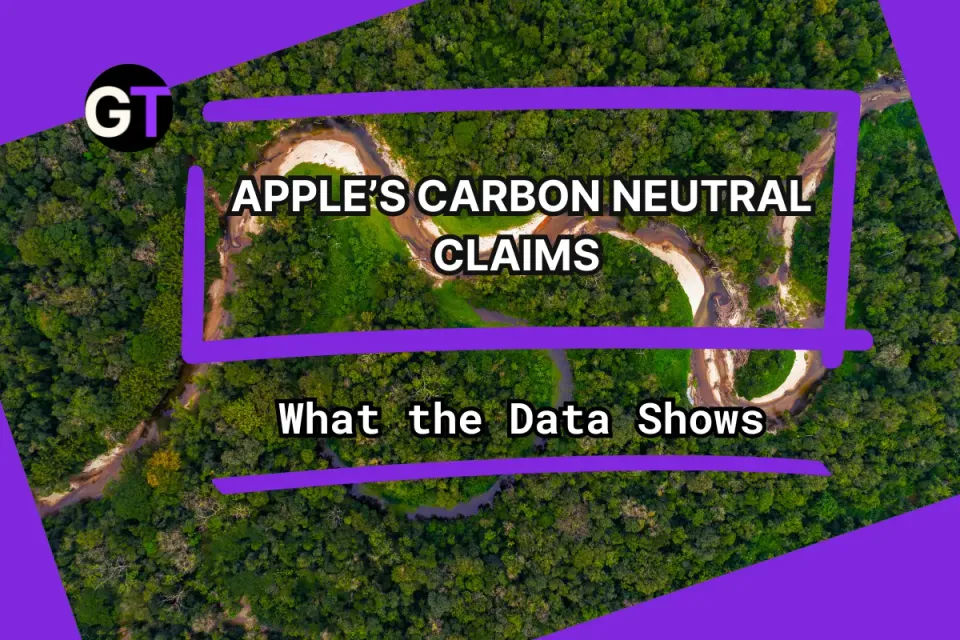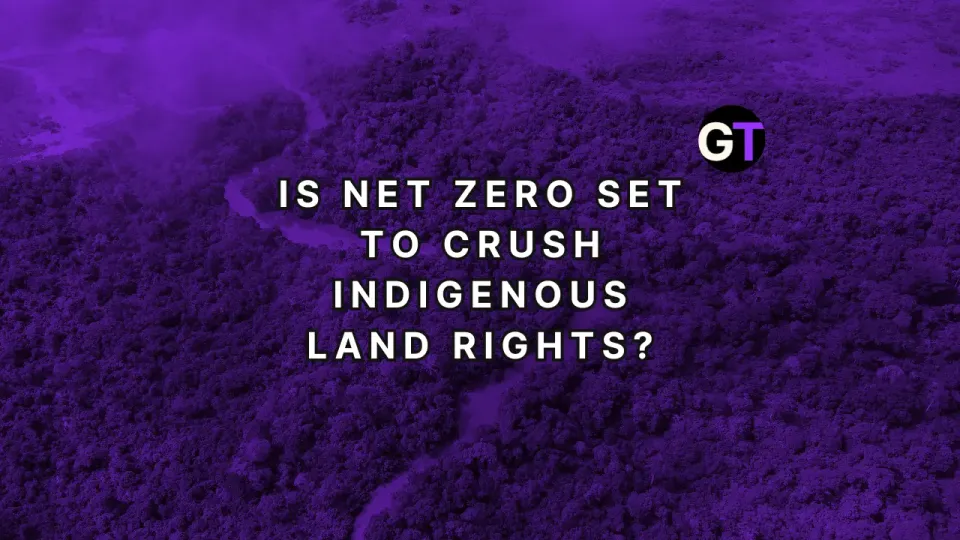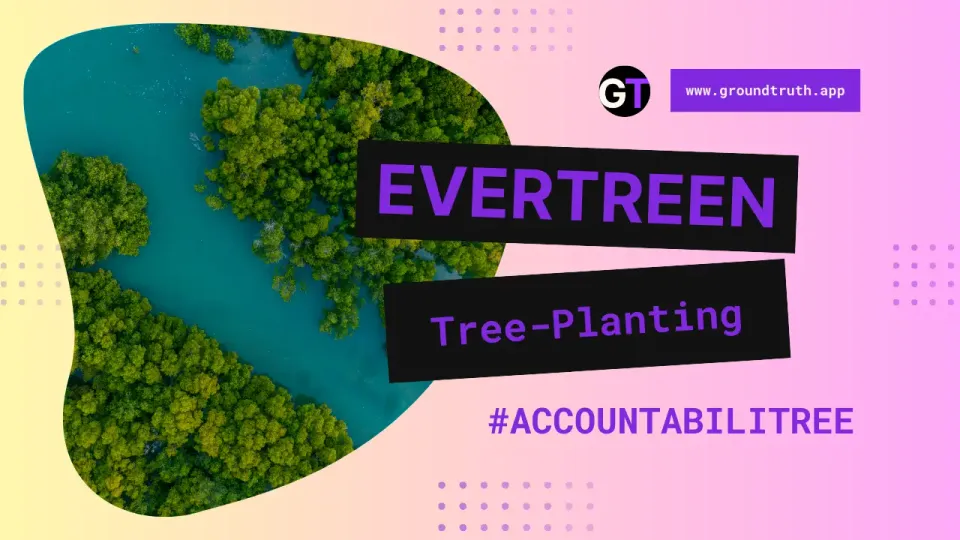The Palm of Our Hands: Mapping the Oil Palm Odyssey🌴
The study mapped 23.98 million hectares (Mha) of oil palm plantations globally.

🌱 The Oil Palm Conundrum
Oil palm cultivation has become a focal point of environmental debates due to its association with deforestation and biodiversity loss. To understand and mitigate these impacts, accurate mapping of oil palm plantations is essential. A study by Descals et. al. (2024) offers a comprehensive global map of oil palm plantations, detailing both their extent and age from 1990 to 2021.
Why is this important? This dataset provides crucial insights for policymakers, researchers, and environmental advocates aiming to balance agricultural productivity with environmental preservation. 🌿
🛰️ Satellite Sleuthing: How the Data Was Mapped
Descals et al. utilized high-resolution satellite data and advanced deep learning techniques to map oil palm plantations globally. The study employed Sentinel-1 data for the years 2016-2021, combined with a convolutional neural network model to distinguish between industrial and smallholder plantations at a 10-meter resolution.
Key takeaway: Landsat-5, -7, and -8 imagery was used to estimate the planting year of these plantations from 1990 to 2021 at a 30-meter resolution. This detailed approach reveals the establishment year of oil palm plantations, whether newly planted or replanted. 🛰️
How might these advanced mapping techniques influence future environmental policies?
✅ Validation and Accuracy: Ground Truth Check
The accuracy of the mapping was rigorously validated using a dataset of reference points and field data. Specifically, the oil palm extent layer was validated with nearly 18 thousand randomly distributed reference points. The planting year layer's accuracy was assessed using field data from thousands of industrial parcels and smallholder plantations.
Why does this matter? The overall accuracy metrics were high, with producer and user accuracy rates of 91.9% and 91.8% for industrial plantations, and 72.7% and 75.7% for smallholders, respectively. These figures represent a significant improvement over previous global oil palm datasets. 🎯
What implications do these accuracy rates have for the reliability of environmental research?
🌍 Key Findings: What the Data Revealed
The study mapped 23.98 million hectares (Mha) of oil palm plantations globally. Of this, most were classified as industrial plantations, with around one-third as smallholder plantations.
Interesting fact: The average age of the plantations was just over 14 years, though some were over 20 years old. Given the typical replanting cycle of 25 years, a significant area of oil palm plantations will require replanting within the next decade. 🌱
How might this age distribution affect future land use planning?
📊 Implications for Policy and Research
The dataset developed by Descals et al. is a valuable tool for land use planning and environmental policy formulation. By providing detailed information on the extent and age of oil palm plantations, it enables more informed decisions regarding agricultural practices and conservation efforts.
Why it’s important: Understanding the age distribution of plantations can help predict future trends in land use and the potential environmental impacts of replanting activities. 📝
What other sectors could benefit from such detailed mapping data?
🚧 Challenges and Future Directions
While the study provides a robust global map, it also highlights the challenges in mapping smallholder plantations, particularly those that are wild or sparsely planted.
Next steps: Future research efforts should focus on improving the accuracy of mapping these types of plantations to ensure a more comprehensive understanding of oil palm cultivation's environmental footprint. 🌍
📚 Author Information
Check out more insightful scholarship from the authors of this study below:
- Adrià Descals
ResearchGate - David L.A. Gaveau
ResearchGate - Serge Wich
ResearchGate - Zoltan Szantoi
ResearchGate - Erik Meijaard
ResearchGate




